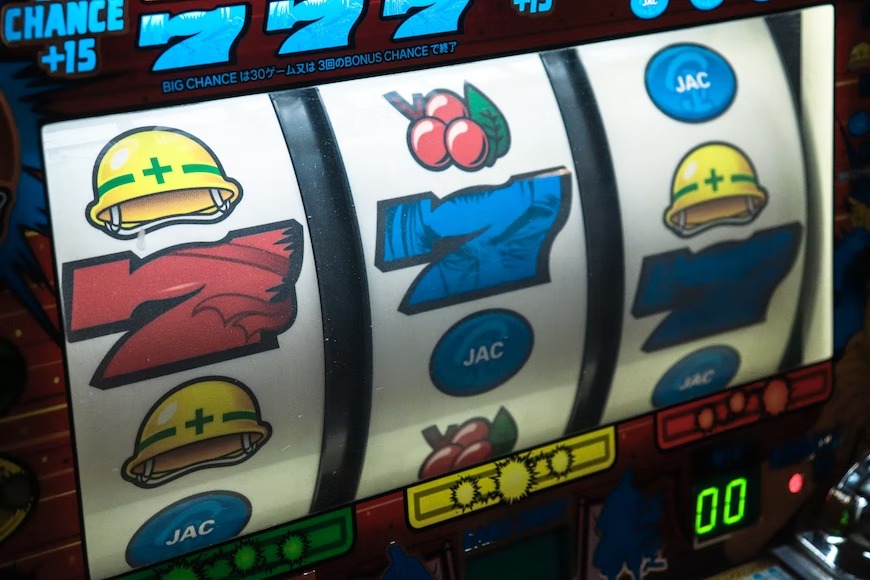What Does Return to Player Mean and Why Should You Learn to Understand It?

Return to player is a concept associated with casino gaming, whether in a live environment or online. In simple terms return to player (RTP) is the amount you can expect to win back compared to the amount that you bet.
For example, if a slot game pays an RTP of 90 percent, you can expect to receive, on average, $90 back for every $100 that you spend.
Where does the other 10 percent go? This is known as the house edge. Over the long term, 10 percent of the money wagered will go to the casino operators and game developers as profit.
It’s important to understand that RTPs represent average payout percentages. An RTP of 90 percent doesn’t mean that spending $100 will always result in a $90 return. Quite the contrary.
Volatility
RTPs are accurate over millions of spins. In any given 10 or 100 spins that a player might experience in a session, they could hit a jackpot score or they could lose every spin.
This is what makes slot games exciting. If the outcome was predictable, players would lose interest and would have little reason to wager in the first place.
Slot games have varying degrees of volatility. Two slot games with the same RTP often have very different distributions when it comes to payouts. One could payout little and often. Another, more volatile game, could pay rarely but have bigger prizes on offer. Which one you choose might depend on your preference for risk-reward.
It’s difficult to work out volatility, as casinos aren’t required to display it as they are with RTP. Instead, the player can gauge the risk-reward by taking note of spreads of prizes. If a slot has huge jackpots, you’re likely looking at a more volatile game.
It’s a legal requirement to display RTPs
In jurisdictions with licensed casino and online casino gaming, operators have a legal duty to display RTPs in a simple way so that the player can see expected returns.
Under the rules of the regulatory body, online companies must monitor the performance of casino games to make sure that the theoretical RTP matches up with reality. After a million plays, the margin of error must be less than 1.1 percent.
Annual audits assess the accuracy of RTPs, and punishments can be dished out where requirements are not met.
There is actually no legal requirement for a minimum RTP, just a need to display odds, so it’s important the player take the initiative and use the information that is available on the casino machines or websites.
These legal requirements are good news for the players, who can rest assured that the online slots they are playing match up to the odds declared by the operators.
Why should you care about RTP?

So, why should you care about all this? In short, knowing about RTPs will help you to choose the right slot game for you.
In land based casinos, RTPs tend to vary greatly between 70 percent and 90 percent. If you find a machine that runs into the 90 percentages, then you’re sat in a decent spot.
Driven by competition and the fact that players have so much choice, developers and online slot operators tend to offer better percentages. The RTP of online slots is typically around 92-97 percent, but some go even higher.
Getting the balance right is important. Too low, and players would not enjoy playing and would go elsewhere. Too high, and the online casino wouldn’t be able to profitably run the games.
Despite most online slots offering decent percentages compared to land based equivalents, it is still worth shopping around. For example, PokerStars Casino have several slots running for 97 percent RTP or higher, with 1492 Uncharted Seas offering 98.6 percent RTP.
Return to player percentages are not the only factor to consider when picking a game. You may also enjoy certain themes, bonus features, or prefer lower or higher volatility levels. But RTP is certainly an important measure when it comes to choosing the right slot for you.




